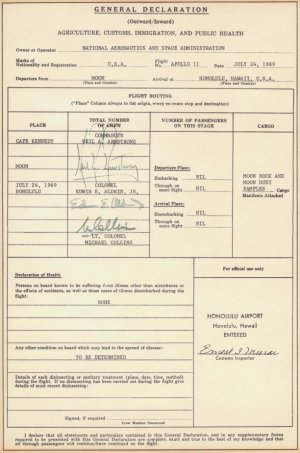The flagship program for color on NBC was, believe it or not, Bonanza, but ST was played up for being on The Peacock Network.
The problem with color in the NTSC analog days was in part the equation for matrixing the compressed color subcarrier, and the process.
Because of the bandwidth limits, the color information was limited to 500 KHz. and then the equation for producing the magenta subdata was R - (B+G) + B - (R + G)
The Cyan subdata was produced by the same equation, but with the Red, Green and Blue signals swapped to approximate Cyan.
Then those two results, the Magenta and Cyan were asserted on the color subcarrier by quadrature phase modulation.
But, in filtering off the high end to fit the bandwidth limit, they lost most of the picture detail. Imagine how a .jpg file filtered to 500 KHz. low pass looks.
And then the equation did not take into account the averages or differences within each of the color channels themselves. Instead, they were cross-subtracted producing very low color differences.
The running joke was that the NTSC system stood for "Never Twice the Same Color" as if run through a blender.
At that time they could have used analog differencing on each channel, then subtract the difference from the same channel to result in an average of red, green, or blue, then add red + blue to get the magenta data. RCA had an envelope volume expander circuit diagram in their 1957 radio tube handbook. This is an amp which produces a difference envelope from the input signal and then applies the envelope back to the input signal progressively to expand the output signal.
The envelope is a difference signal, similar to the stereo pilot signal used to recover the stereo L/R output channels in compatible FM stereo broadcasts (standard FM stereo).
But you know, that would have meant adding one more tube to the circuit! RCA (owners of NBC and manufacturer of their own vacuum tubes) could not afford this!...oh...no, they didn't think to...
With billions of dollars in their coffers and some of the best and brightest researchers in the world working for them,
they had a color t.v. system and didn't know how to fix it.
EDIT: When the NTSC color system was inserted into the standing broadcast standard in 1954 (my birthyear!) the space for the 500KHz. of color subcarrier was made by low passing the B&W video signal to a 3 MHz. limit, resulting in loss of details in the B&W, so nobody at home got any quality.
For reference to those who were not around at the time, try watching a youtube video with the player set to 240 p.
Then watch the same video with the youtube player set to HD.
240p is approximately what broadcast color and video resolution looked like after 1984 when digital processing took over as the standard for broadcast t.v. Before 1984, the analog color was pretty much primitive bi-chromal (two strip color, like orange and blue) with only a handful of visible colors.
Green eggs and ham (on indigo purple backdrop) pretty much.
The system was so bad, the advertisers actually produced deliberate off-color packaging for use in the commercials so that they would image on the home NTSC t.v.s somewhere like their intended colors on the shelf.
And actors frequently wore very strange makeup colors to affect the same.






